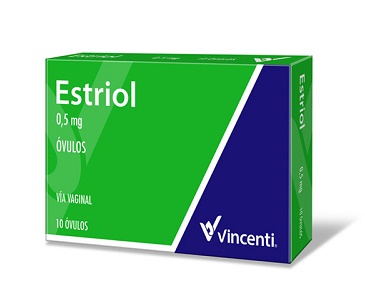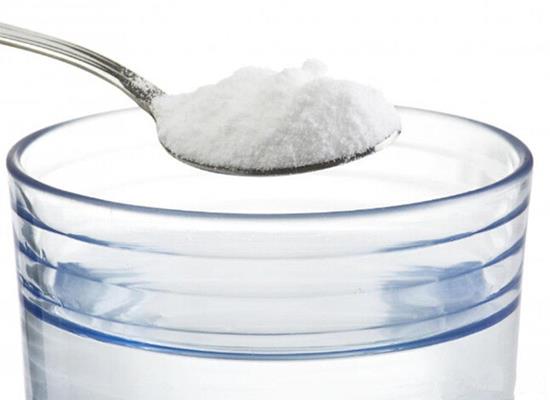Estriol: Physiology and Clinical Uses
General Description
Estriol is a type of estrogen that is primarily produced from estrone in the body. It plays a role in various physiological processes. In terms of clinical uses, estriol has shown promising effects in the management of multiple sclerosis, with its immunomodulatory properties and neuroprotective role. Estriol treatment has been associated with reduced relapse rates and improved outcomes in MS patients. Additionally, estriol has been widely used in the treatment of menopause-related symptoms, particularly in alleviating vaginal atrophy and improving vaginal maturation. Various forms of estriol administration, such as oral, transvaginal, and pessaries, have been proven safe and effective for managing menopausal symptoms. In conclusion, estriol offers potential benefits in both MS management and menopause treatment.
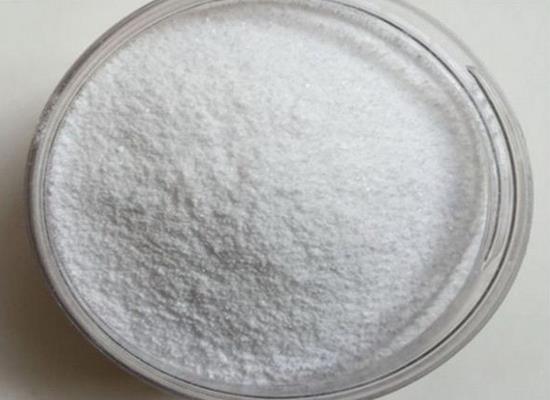
Figure 1. Estriol
Physiology
Estriol, a type of estrogen, is primarily produced from estrone in the body, with some contribution from androstenedione, testosterone, and dehydroepiandrosterone (DHEA). In premenopausal women, estradiol (E2) is the main estrogen produced by the ovaries, which can be reversibly oxidized to estrone. Both E2 and estrone can be converted to estriol in the liver, and androstenedione also plays a role in estriol formation, particularly in postmenopausal women. When administered intravaginally, estriol is well-absorbed and can have detectable effects on gonadotropins. Oral delivery of estriol may result in entero-hepatic recirculation, prolonging exposure. Estriol is eliminated through urine and feces and circulates in relatively low and steady levels in the blood. Although it has weaker estrogenic activity compared to E2, estriol may have both agonistic and antagonistic effects, depending on dosage and its interaction with E2. In some cases, when given with E2, estriol may exert antagonistic effects. In summary, estriol contributes minimally to overall estrogenic activity in nonpregnant, premenopausal women due to its low circulating levels and weaker estrogenic activity compared to E2. 1
Clinical uses
Multiple sclerosis
Multiple sclerosis (MS) is a chronic autoimmune disease of the central nervous system that has no cure. The conventional remedies for MS have limitations in preventing disability. Estrogens, particularly estriol, have an emerging neuromodulatory and neuroprotective role in MS. Estriol levels increase progressively throughout pregnancy, with a peak during the third trimester, where improvement in relapsing remitting MS (RRMS) is most profound. Increased estriol levels during the third trimester may have a direct protective association with RRMS. Estriol induces immunomodulation by diverting cytokines from Th1 to Th2 profile, reducing proinflammatory cytokines, increasing IL-10 and inhibiting TNF-alpha secretion by T cells, and decreasing T-cell transmigration. These mechanisms may contribute to estriol benefits seen in MS. Estriol treatment has been shown to reduce the severity of experimental autoimmune encephalomyelitis. Recently, estriol in use with glatiramer in a randomized placebo-controlled trial demonstrated reduced relapse rates in MS and was well-tolerated over 24 months. These data support the hypothesis that estriol may have a strong immunomodulatory role that could be beneficial in the management of MS. 2
Menopause
Menopause is a natural process that often leads to atrophic changes in the vagina and lower urinary tract, resulting in an increase in vaginal infections and urinary tract infections (UTIs). Estriol has been used for decades as a treatment for menopause-related symptoms. Oral estriol (8 mg) has been shown to reduce vasomotor instability and improve vaginal maturation without side-effects such as endometrial proliferation and/or suppression of gonadotrophins. Transvaginal estriol has also been successfully used to alleviate menopausal symptoms, with minimal side-effects and effective results. Low-dose estriol pessaries (0.03 mg) have been found to effectively treat vaginal atrophy and decrease vaginal pH. A very low dose of 0.005% estriol vaginal gel has also been shown to be safe and effective in treating postmenopausal vaginal atrophy. In a meta-analysis of 12 studies, intravaginal estriol did not result in endometrial proliferation, raising the possibility of omitting sequential progestogen and avoiding induced withdrawal bleeding. Estriol has been proven as a safe and effective treatment option for menopause-related symptoms and atrophic genital changes related to estrogen deficiency. 2
Reference
1. Head KA. Estriol: safety and efficacy. Altern Med Rev. 1998;3(2):101-113.
2. Ali ES, Mangold C, Peiris AN. Estriol: emerging clinical benefits. Menopause. 2017;24(9):1081-1085.
You may like
Related articles And Qustion
See also
Lastest Price from Estriol manufacturers
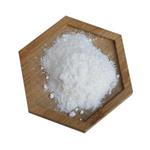
US $450.00/g2025-11-24
- CAS:
- 50-27-1
- Min. Order:
- 100g
- Purity:
- 99
- Supply Ability:
- 999
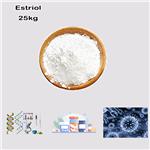
US $0.00-0.00/g2025-11-03
- CAS:
- 50-27-1
- Min. Order:
- 10g
- Purity:
- 97.0-102.0%,USP39
- Supply Ability:
- 50kg/month

